Androctonus burkinensis (Ythier, 2021)
A. burkinensis Ythier, 2021*
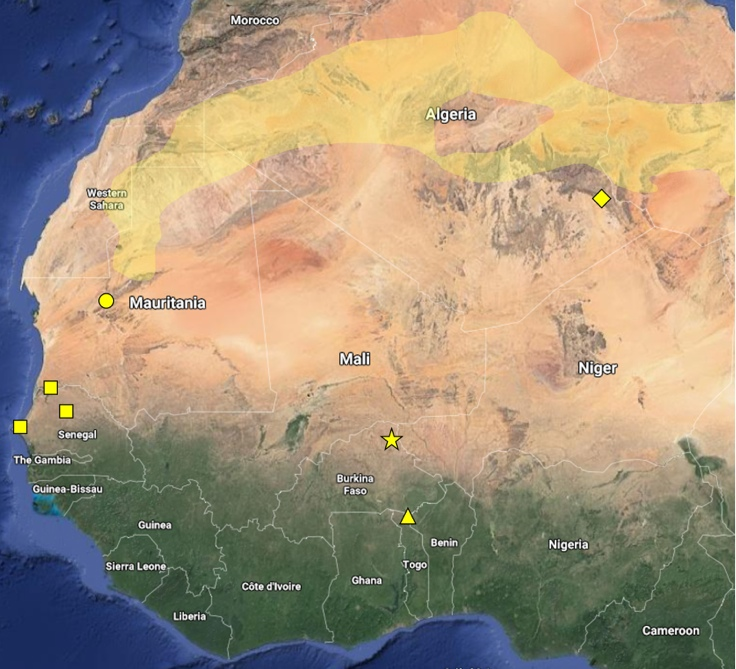
Fig. 11. Map of Northwestern Africa showing the possible zone of distribution of A. amoreuxi (yellow area; from Lourenço, 2008) and the type
localities of A. aleksandrplotkini (circle), A. dekeyseri (square), A. eburneus (rhombus), A. togolensis (triangle) and A. burkinensis sp. n. (star)
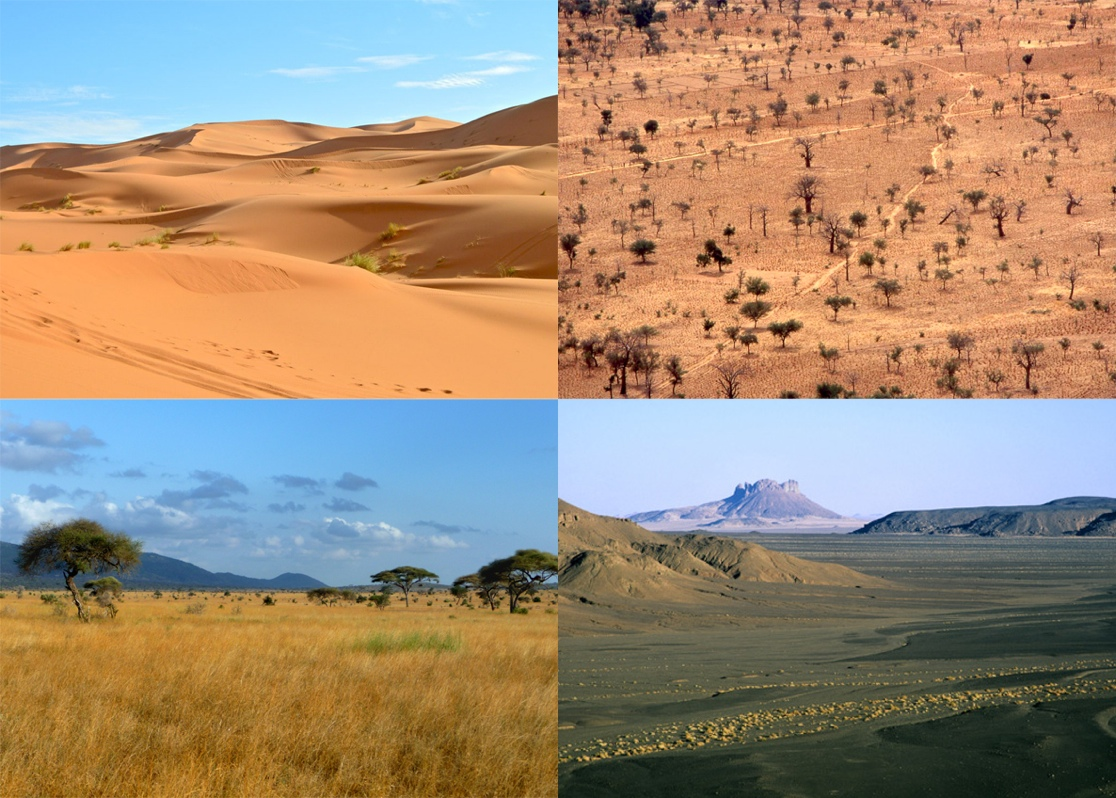
Fig. 13-16. Natural habitats of related Androctonus species discussed in this work. 13. Sahara desert (A. amoreuxi and A. aleksandrplotkini).
14. Sahel wooded steppe (A. burkinensis n. sp. and A. dekeyseri). 15. Savannah formation (A. togolensis). 16. Saharan massif (A. eburneus).
Holotype, ♂, Burkina Faso (Haute-Volta according to the original
label), Sahel region, Seno Province, Dori, P. Grivot coll., 25/XII/1982,
deposited in the MHNL (47023139).
Etymology. – The specific epithet refers to the country where
the new species was found.
Diagnosis. – Scorpion of small size for the genus, with a total
length of 48.5 mm for the adult male holotype. General coloration
yellowish without spots over the body and appendages; carinae not
pigmented. Carinae and granulations moderately to strongly marked
on carapace, tergites and metasomal segments. Metasomal segments
I to V narrow and of approximately the same width; dorsal
depression on segments I to IV moderately deep. Anal arc composed
of 12 ventral teeth and with three sharp lateral lobes followed by 2-3
small latero-dorsal denticles. Fixed and movable fingers with 13
rows of granules. Pectines with 33 teeth in male holotype.
REF-

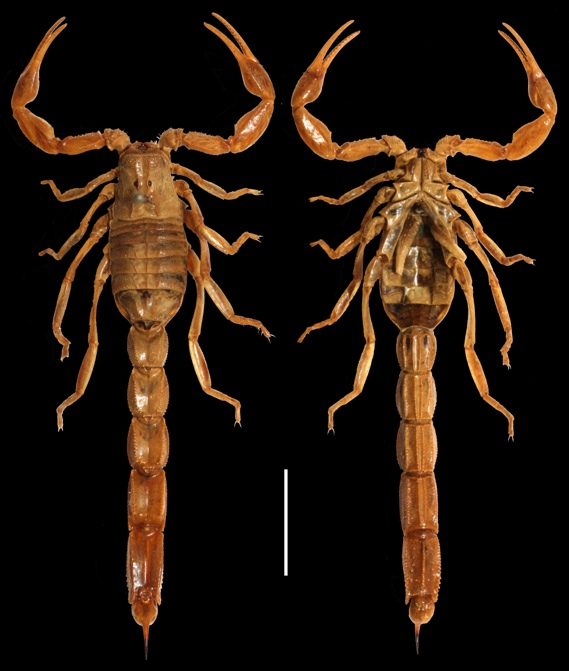
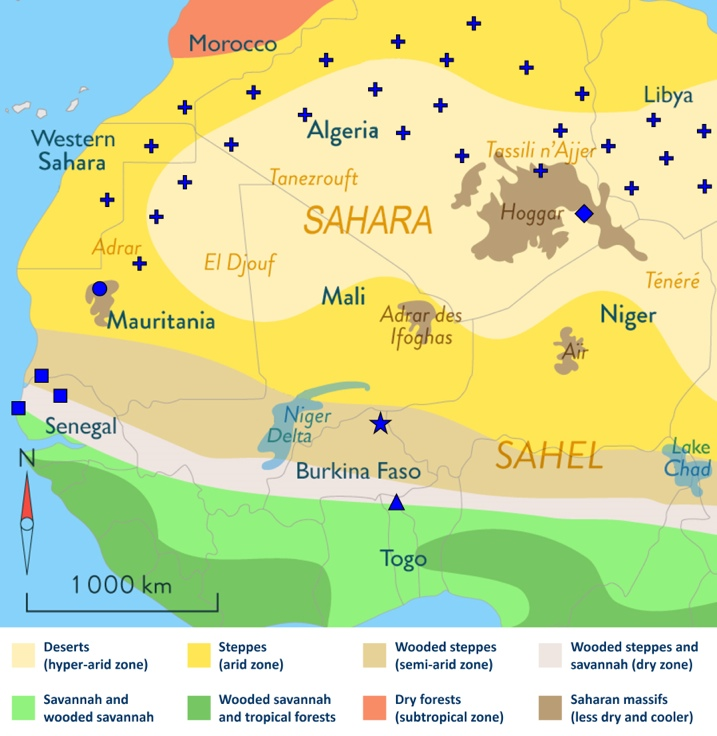
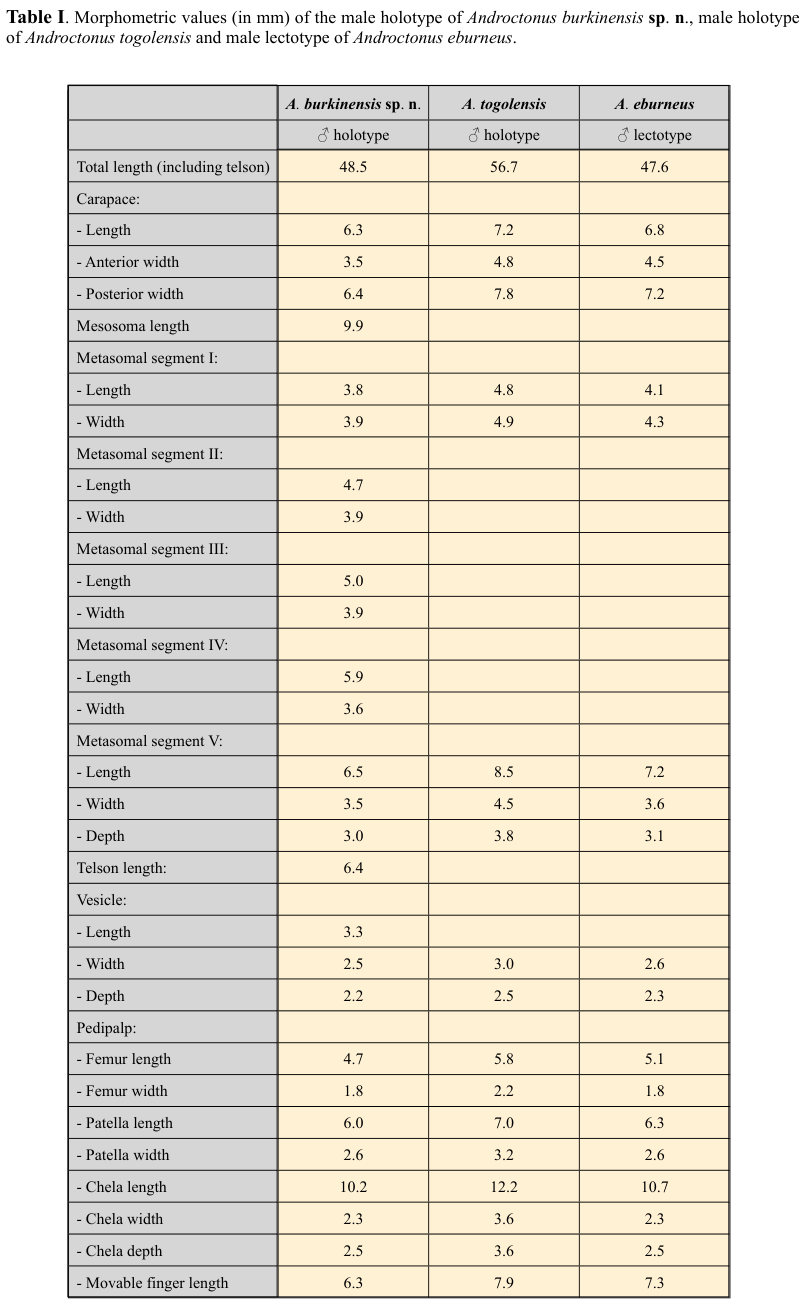
No Comments